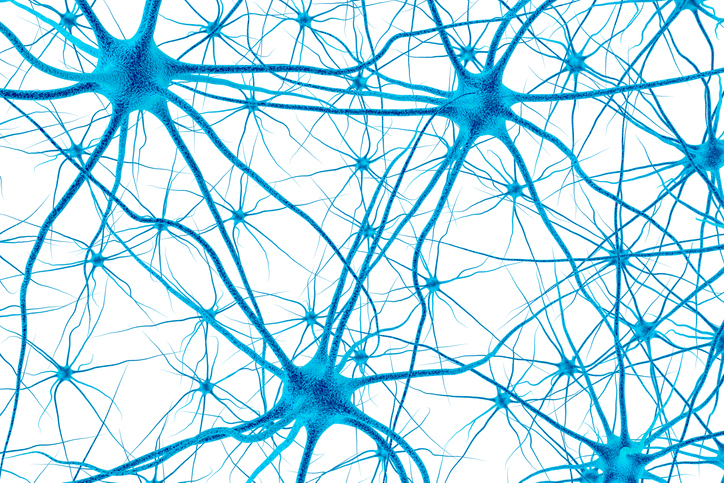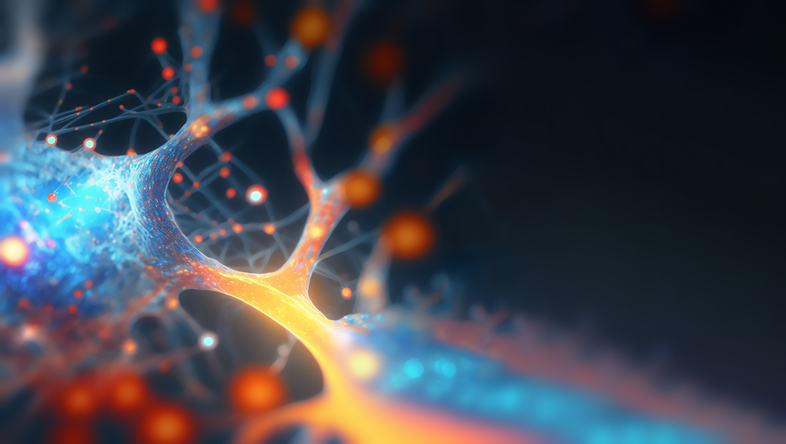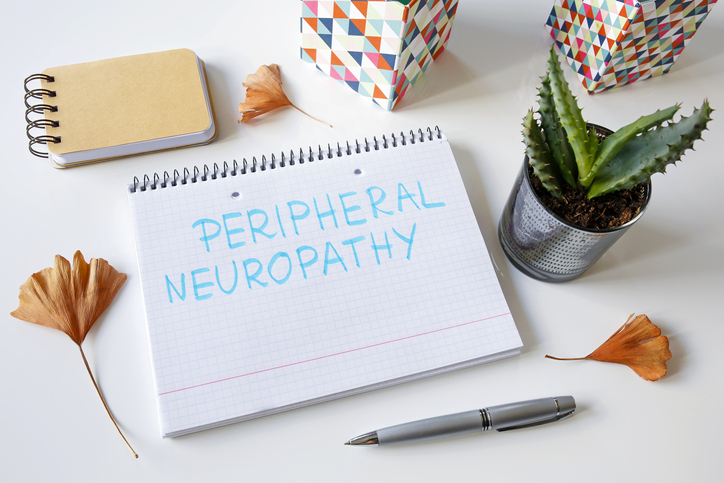Pain
Botulinum Toxin Type A as Treatment for Neuropathic Pain

What is Botulinum toxin type A?
Botulinum toxin type A (BoNT-A) is produced by the bacterium Clostridium botulinum, which is a toxin. Although this is the same toxin that can cause botulism, very small doses can be beneficial for cosmetic and medical purposes. BoNT can be used as treatment for the following:
- Smoothing of facial wrinkles
- Reducing severe underarm sweating
- Misaligned eyes (strabismus)
- Cervical dystonia (rare disorder in which the neck or shoulder muscles involuntarily contract)
- Treating chronic migraines
- Overactive bladder
- Reducing uncontrollable blinking
- Seizure treatment
How it works
Botulinum toxin type A is administered as an injection. It works by paralyzing certain muscles or blocking specific nerves. The effects of this injection typically last three to twelve months. Recently, BoNT has been studied in the treatment of neuropathic pain. Small trials and studies have been completed on individuals with trigeminal neuralgia, diabetic neuropathy, post-surgical neuralgia, and other types of neuropathic pain.
Side effects
Potential side effects include pain, swelling or bruising at the injection site. Other possible side effects include flu-like symptoms, headache, and upset stomach. BoNT should not be used if pregnant or breastfeeding.
Research
Several trials and studies have found an association between BoNT and neuropathic pain relief. However, larger studies and trials are needed, particularly in the treatment of occipital neuralgia, complex regional pain syndrome, and phantom limb pain.
Conclusion
Additional studies are needed to determine the best route of administration, such as injection into the muscle, beneath the skin, directly into the nerve, or near the nerve. Studies also need to identify the minimum effective dose of BoNT. With additional research and trials, botulinum toxin may become an effective treatment option for certain types of neuropathic pain.
Additional source: Neurology.org
















